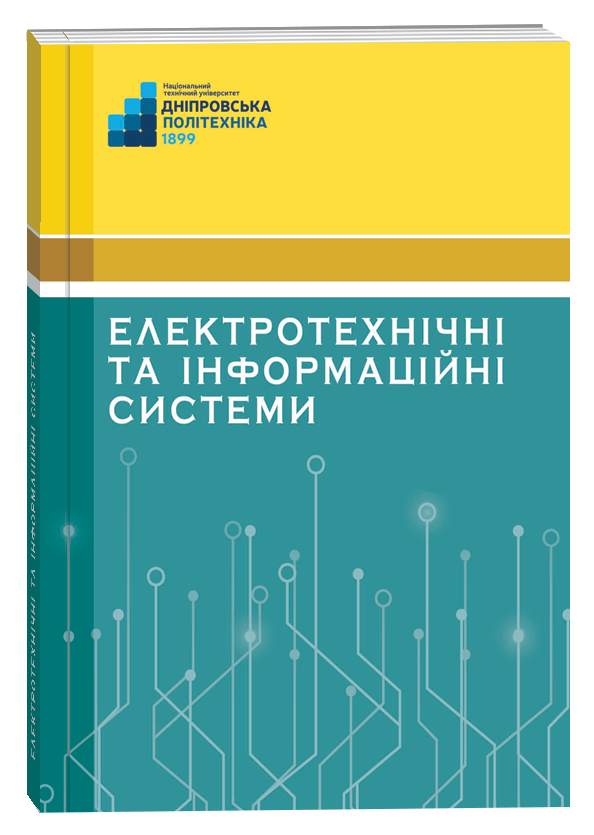SYNTHESIS AND STUDY OF THE SYSTEM FOR OPTIMAL POSITION CONTROL OF A SOLAR PHOTOVOLTAIC INSTALLATION
DOI:
https://doi.org/10.32782/EIS/2024-105-5Keywords:
solar installation, synthesis of automatic control system, simulation model, MATLAB.Abstract
The goal is to increase the energy efficiency of the solar photovoltaic installation by creating an algorithm for automatically controlling the spatial position of the solar panel based on the analysis of the generated power. The main criterion for the quality of the operation of the automatic control system is the value of the efficiency factor of the photovoltaic installation. Method. A simulation model of the automatic control system was developed in the Simulink application of the MATLAB mathematical package to study the algorithms for automatic control of the spatial position of the solar panel. At the same time, a well-known mathematical astronomical model was used to determine the angle of inclination of the sun's rays relative to the earth's surface. Mathematical statistics methods are used to simulate disturbing effects on the control system. The results. A simulation of the operation of the solar installation was carried out, when the position of the panel is determined according to the proposed algorithm under the condition of a sunny day. The research results made it possible to draw a conclusion about the effectiveness of the proposed algorithm: the power varies in a narrow range near its maximum value of 100%. Power fluctuations are due to a set range of ±2.5%, when the solar panel remains stationary. The adjustment of the panel position takes place under the condition that the output power is out of this range. Next, the simulation of the operation of the solar photovoltaic installation was carried out under the condition of using the proposed algorithm for controlling the position of the panel for the case of a cloudy day. Obscuration of the sun by clouds is simulated by randomly varying both the amount of power reduction and the duration of this reduction. The results of the study allowed us to conclude that the proposed algorithm for automatic control of the position of the solar panel remains as effective even in the case of cloudy weather. After power dips due to cloud cover, the power then returns to the 97–100% variation range and does not exit until the next solar eclipse. This means that the algorithm continues to work correctly after a pause caused by a solar eclipse. The presence of power dips due to covering the sun by clouds does not cause the proposed algorithm to fail. Practical meaning. The work of the trackers is based on a mathematical astronomical model, which, based on knowledge of astronomical time and the coordinates of the solar power plant, makes it possible to calculate the angle of incidence of the sun's rays on the earth's surface. However, this involves additional hardware costs due to the use of GPS navigation. To avoid this, the solar panel can be used, relatively speaking, as a transmitter of the power, generated by the panel, thus tracking the spatial position of the panel that provides the maximum generated power. This makes it possible to make the algorithm proposed in the work, which is adapted, unlike tracker systems, to cloudy weather.
References
Савчук Є. В. Перспективи розвитку сонячної енергетики в Україні. WORLD SCIENCE. 2019. Режим доступу: https://rsglobal.pl/index.php/ws/article/download/182/174/ (дата звернення: 21.01.2024).
Данко В. М., Смутко С. В., Поліщук О. С. Розробка конструкції трекерної системи для сонячних панелей. Herald of Khmelnytskyi national university. 2017. Режим доступу: http://surl.li/npplt (дата звернення: 21.01.2024).
Даффет-Сміт П. (1982) Практична астрономія з калькулятором. 176 с.
Торопцев Г. (2019). Автоматизація процесу керування сонячною фотоелектричною установкою. Національний технічний університет «Дніпровська політехніка». 71 с.





